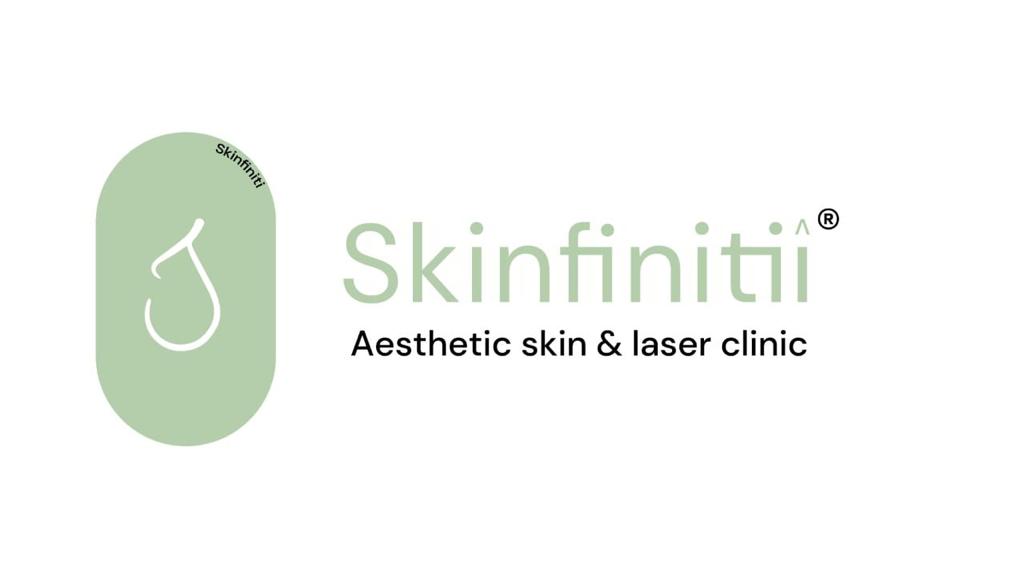Alopecia or hair loss or balding is a matter of psychological concern for both males and females. Alopecia may be of scarring and non- scarring type.
Hair follicles go through cyclic phases of activity and inactivity. Each cycle comprises of three phases:
ANAGEN : The growing phase, which lasts for 2-6yrs, average being 3 yrs.
CATAGEN : The transitional phase, which lasts for 1-2weeks.
TELOGEN : The resting phase, lasting for 3-4 months.
In a normal scalp, 90% of the hair are in anagen phase while 10% are either in catagen or telogen phase at any given point of time. The normal human scalp has about 100,000. Normally 100 hair are shed everyday.
Q. What are the possible causes of scarring alopecia?
A. Scarring alopecia or cicatricial alopecia can be due to a number of causes; to enlist a few :-
Heriditary or developmental.
Infection of the hair follicle (bacterial, fungal etc.).
Trauma like that of burns, radiation, chemical injury or mechanical injury.
Neoplastic (cancer) conditions such as squamous cell carcinoma, basal cell carcinoma, lymphomas or secondary metastases.
Due to inflamation of the underlying dermis in diseases like syphilis, tuberculosis, herpes zoster, sarcoidosis, pyoderma gangrenosum, cicatrical pemphigoid and morphea.
Q. What are the possible causes of non-scarring alopecia?
A.
Alopecia areata – Bald patches appear on the scalp, eyebrows, moustache or the beard area. It is an autoimmune condition.
Male pattern or Androgenic alopecia – seen in those who are genetically predisposed.
Stress induced alopecia – due to:
Emotional stress
Starvation
Crash diets
Malaria, Tuberculosis, Typhoid etc.
After surgery
In hepatic or renal failure
Iron and Zinc deficiency
Post pregnancy.
In patients with thyroid or pituitary disorder.
Patients with collagen vascular disease.
Drug induced – Patients on anti-cancer treatment, anti-thyroid drugs, cholesterol lowering agents and patients on anticoagulant therapy suffer from hair loss.
How can alopecia be treated?
A.The hair sample must first be tested.
The cause if established should be treated.
If there is any bacterial or fungal infection, it must be treated.
Dandruff or lice if present, should be treated.
Alopecia areata can be treated intralesional injections of triamcenalone or hydrocortisone or both. More than one cycle may be required at the interval of 2 – 3 weeks. ‘Phenolization’, another technique to treat alopecia areata may also be done.
Patients with male pattern alopecia or diffused hair loss may apply ‘minoxidil’ after consulting a dermatologist. ‘Finasteride’ in low doses is also prescribed by dermatologists in male pattern alopecia.
Vitamin and Zinc supplements are essential for arresting hair loss and help hair regeneration.
Anemia if present needs prompt treatment with iron supplements.
Q. What are the surgical methods to treat alopecia ?
A. Patients with male pattern alopecia can undergo hair transplantation. Hair transplantation may be of three types:
punch grafting ,
single hair transplant.
The latest is: Follicle Unit Transplant. The donor for the transplant is the patient himself. Therefore he should have adequate hair in the non-affected area from where the grafts can be taken.
Q. What are the non-surgical methods to treat alopecia ?
A. Patients who are medically unfit for surgery, those who do not have adequate donor area or those who have scarring alopecia can go for non-surgical modalities of hair restoration. These may be in form of wigs, hair weaving hair clipping, hair bonding, falls, switches or demiwigs.
Q. What are the do’s and don’ts for patients with alopecia?
A.
Use a good shampoo once or twice a week. Choice of shampoo depends on the hair type (normal, dry or oily).
A diet rich in proteins, iron and zinc should be consumed.
Drink 7 – 8 glasses of water everyday.
Psychological stress and anxiety lead to hair loss, so keeping them at bay is very important.
Physical trauma to the hair shaft caused due to vigorous combing, excessive shampooing, drying or brushing should be avoided.
Beware of trendy styles such hair bleaching and dying, they might cause more harm than good.
Avoid hair perming or straightening.
Use of rubber bands, buns and braids must be avoided.
